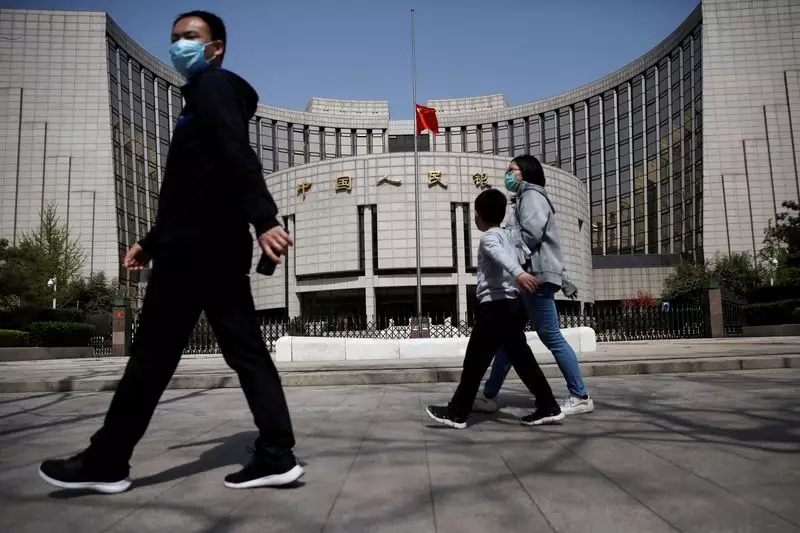China made a surprising move by cutting short and long-term rates by 10 basis points, aiming to support growth in its economy. This decision came shortly after the release of a policy document outlining the country’s economic ambitions. The rate cuts were unexpected, especially considering that the People’s Bank of China (PBOC) had been guiding bond yields higher in the past. The timing of the rate cuts, following the third plenum, signals a potential shift towards a more pro-growth stance.
According to experts like Ben Bennett, Head of Investment Strategy for Asia at LGIM, the rate cuts were a surprise, but could indicate a move towards stimulating economic growth. Gary Ng, Asia-Pacific Senior Economist at Natixis, highlighted the weak Q2 GDP data and high real rates in China, suggesting that the economy needed a lower rate environment. Tommy Xie, Head of Greater China Research at OCBC, noted that the rate cuts could be a move to support economic reforms outlined in the third plenum.
With the recent rate cuts, experts like Kiyong Seong, Lead Asia Macro Strategist at Societe Generale, believe that China may experience a bond market rally and heightened monetary easing expectations. There is also speculation about whether these rate cuts mark the beginning of a new cycle or are a one-off event. The focus is now on the required reserve ratio (RRR) and how the PBOC plans to inject more liquidity into the market.
As PBOC implements pro-growth policies, there may be shifts in exchange rates and monetary policies. Ju Wang, Head of Greater China FX & Rates Strategy at BNP Paribas, predicts that China’s rates curve may steepen into Q3 as the country works towards achieving its GDP targets. The market is also anticipating policy adjustments following the disappointing Q2 GDP data. Lynn Song, Chief China Economist at ING, suggests that the recent rate cuts may have been a signal of the PBOC’s intention to prioritize the 7-day reverse repo rate as its main policy rate.
China’s rate cuts have sparked discussions among experts about the country’s economic direction and its impact on various sectors. With a focus on supporting growth and implementing reforms, the PBOC’s decisions may have significant implications for the overall economy. It remains to be seen how these rate cuts will influence investment, currency stability, and market trends in the coming months.

